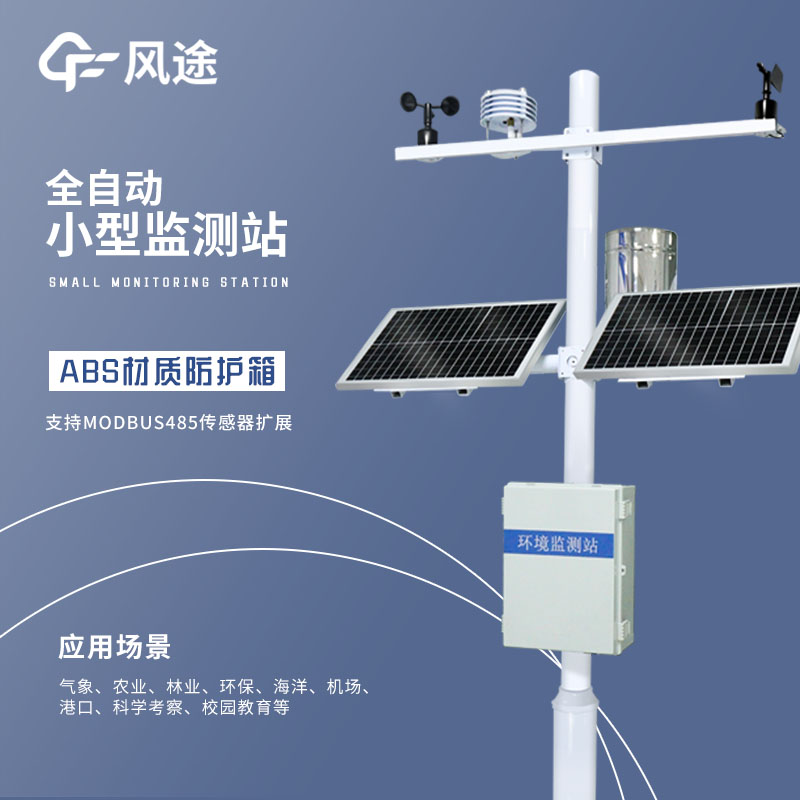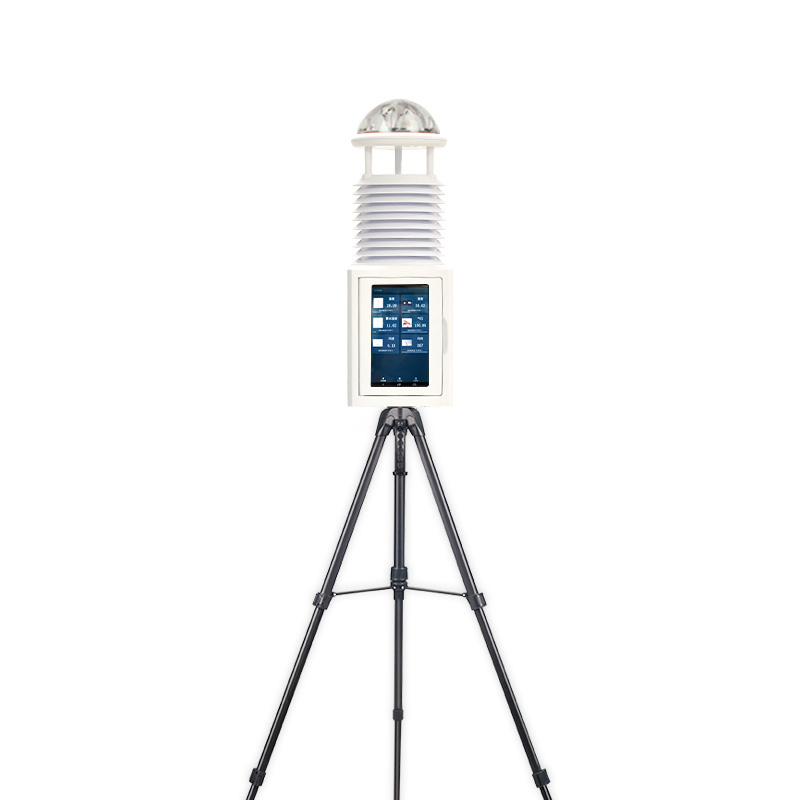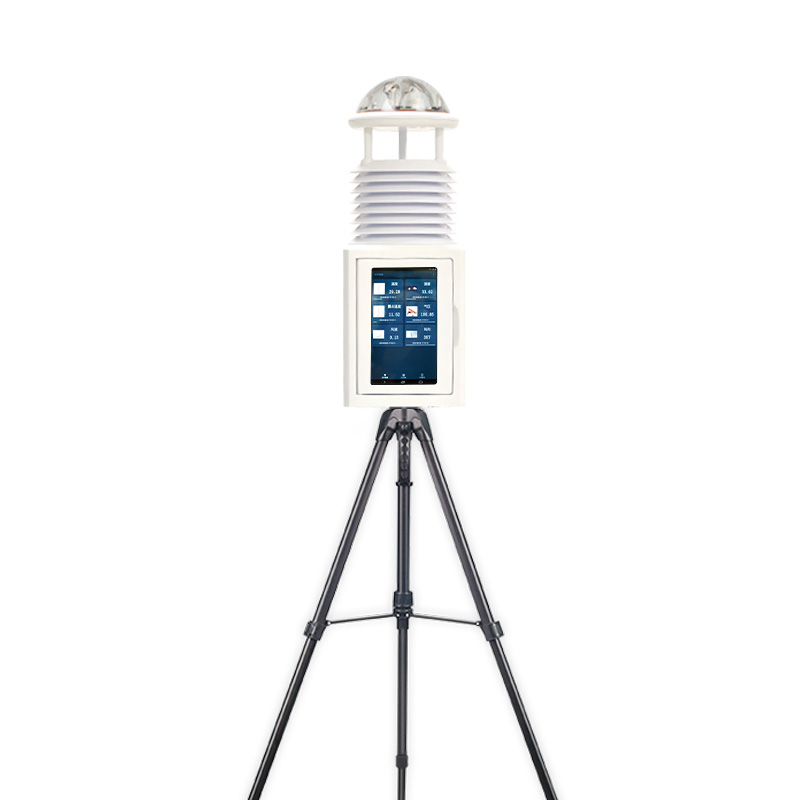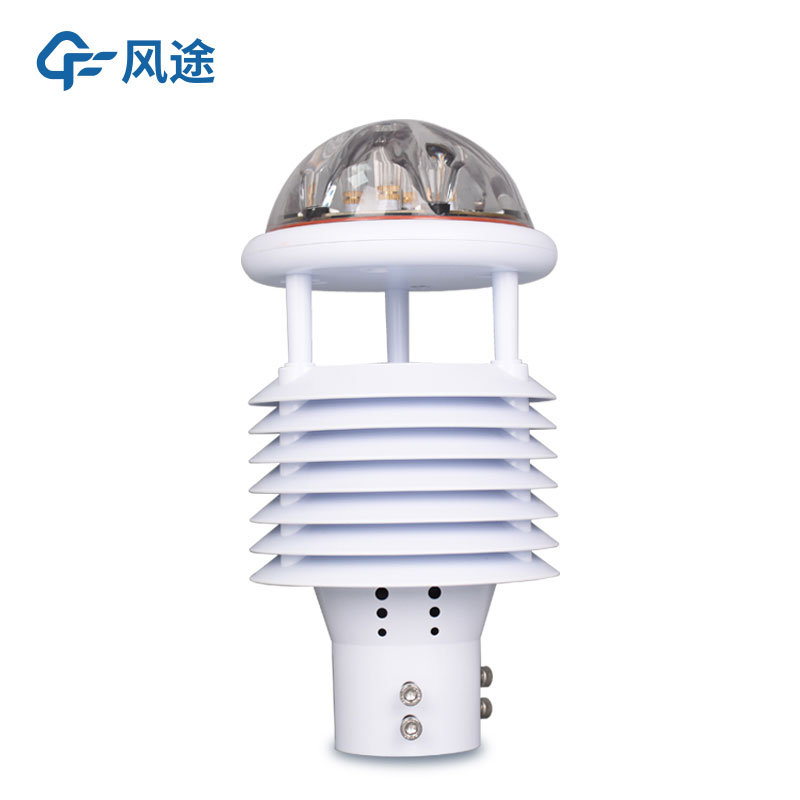Product
Recommended article
- One - Stop Dust Monitoring Solution
- How Forestry Weather Stations Bolster Forest Fire Prevention Efforts
- Discover the Power of Negative Oxygen Ion Monitoring System for Cleaner Air
- Comparative Analysis of Ultrasonic and Automatic Weather Stations in Meteorological Monitoring
- Breaking Through the ‘Last Meter’ with Online Dust Monitoring System
- Mastering Road Conditions with Road Weather Station
Contact us
Shandong Fengtu IOT Technology Co., Ltd
Sales Manager:Ms. Emily Wang
Cel,Whatsapp,Wechat:+86 15898932201
Email:info@fengtutec.com
Add:No. 155 Optoelectronic Industry Accelerator, Gaoxin District, Weifang, Shandong, China
Classification of automated weather stations
Article source:Weather station time:2024-02-19 16:37:09 viewed:36times
An automated weather station, which is a highly automated device designed for a specific area, has the capability to monitor several meteorological parameters automatically. It works independently and without human intervention to generate accurate weather reports in real time and transmit these data to a central station in a regular and accurate manner. It plays an indispensable role in the acquisition and transmission of meteorological data.
An automated weather station is a precisely integrated system whose core components work together to achieve automated weather monitoring and data transmission. This system can be seamlessly connected to computers via specialised data acquisition communication cables, easily transferring the collected data to a meteorological database for subsequent statistical analysis and processing. This highly integrated solution ensures the accuracy, real-time availability and reliability of meteorological data.
In recent years, with the growing demand, automatic weather stations have shown a diversified trend and can be mainly classified into the following categories:
Divided by data reception method, there are wired telemetry automatic weather stations, wireless telemetry weather stations and long-term automatic weather stations, which achieve communication with the central station through different data transmission methods.
Divided according to the way of use or application areas, including weather meteorological workstations, agricultural meteorological observation stations, microclimate automatic meteorological stations and traffic meteorological stations, etc., which provide accurate meteorological data for specific application scenarios.
According to the scale of observation elements, there are single-element automatic weather stations, four-element automatic weather stations and multiple-element automatic weather stations, etc. They are classified according to the number of meteorological parameters to be monitored.
According to the level of stations, automatic weather stations can be classified as reference stations, basic stations, general stations and regional stations, etc. These levels of classification reflect the importance and coverage of the stations.

This paper addresses:https://www.yf182.com/industry/132.html
Related products
Related article
-
Small meteorological monitoring stations for agriculture
2024-07-09 -
Why install a snow depth monitoring station?
2024-01-25 -
Introduction to the Integrated Forest and Grassland Fire Risk Factor Monitoring Station
2024-02-06 -
Negative oxygen ion monitoring system to protect the scenic environment
2024-03-22 -
Grassland Ecological Monitoring Station - Empowering Sustainable Grazing
2024-12-13 -
Local Air Quality Soars as Dust detector Drives Effective Pollution Control
2024-12-06 -
Essential Meteorological Parameters: The Foundation of Weather Forecasting and Climate Analysis
2024-11-04 -
Forestry Weather Station: Your All-in-One Fire Risk Sentinel in the Woods
2024-12-09










